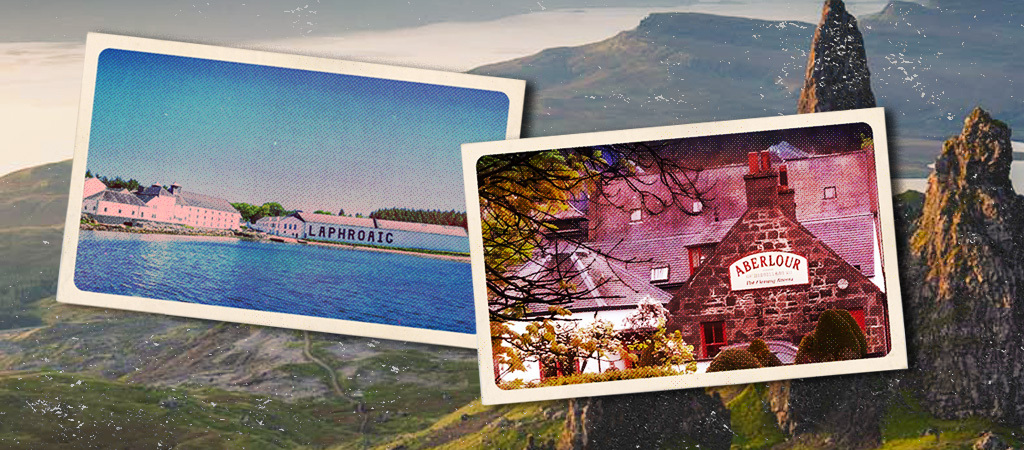
Scotch whisky is not a monolith. There’s a lot at play in every bottle, from the age statements to the styles to the regions — which can lead to a ton of confusion. And rightfully so, it’s a lot to cram onto a label much less into a whisky-learner’s mind. Sometimes it can feel like doing homework just to understand what the hell each whisky is before you buy it.
We’re here to help. Below, we’re breaking down what every whisky-making region of Scotland is, what that means, and which brands to look for from the various regions. This is your crib sheet. Your insider’s guide. Your “welcome to the party” education, if you will.
We’re also going to try and keep this as simple as possible with concise definitions of each region and what that means to the whisky that’s made there. But there’s one massive caveat to get out of the way before we dive in. Yes, some regions have a certain POV in the bulk of whiskies that come out of that region. But just as Scotch whisky is no monolith, neither is any Scotch whisky region. These whiskies are made by people who like to adhere to tradition just as much as they like to experiment and move their brands forward. So expecting an “it’s always this way” standard is impossible.
Examples: Yes, Islay (the island and region) is known for massively peated whiskies. There are also producers there making unpeated whiskies. Speyside is known for soft unpeated whiskies. Yup, there are also producers there making peated whiskies. So the first lesson is to not be rigid. Bend and learn.
And away we go!
- The Best Scotch Whiskies Of 2023, Ranked
- The Absolute Best Whiskeys To Chase Down This October
- The Best Whiskeys Of 2023, According To The John Barleycorn Awards
- Every Bottle Of Johnnie Walker Scotch Whisky, Power Ranked For 2023
- One Of The World’s Biggest Whiskey Influencers Shares His Favorite Pours Of 2023
Campbeltown
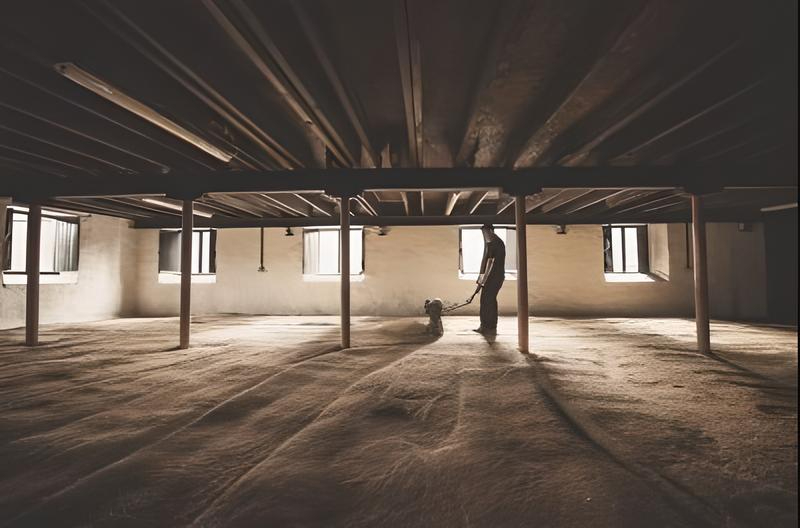
The Region:
This tiny region is on the Kintyre Peninsula in southwest Scotland. The rolling hills of perfect green grass, roaming sheep, and rocky seashore are idyllic Scotland. The place is like a goddamn postcard.
The peninsula is also very ideally located with the Isle of Arran to the east and Jura and Islay to the west — all of which are iconic whisky-making islands (more on them later).
The whisky-making is centered around Campletown (the actual town) and the Springbank Distillery. It too is postcard perfect. Today, Springbank is one of only three distilleries left operating in the area. At its height, Campbeltown had 28 distilleries pumping out whisky.
The Flavors:
The main thrust of Campbeltown is peated malt, especially the legendary Springbank malts. However, Glen Scotia offers an unpeated counterbalance to all that peaty earthiness.
The Main Distilleries:
Glen Scotia, Glengyle, and Springbank.
Islay
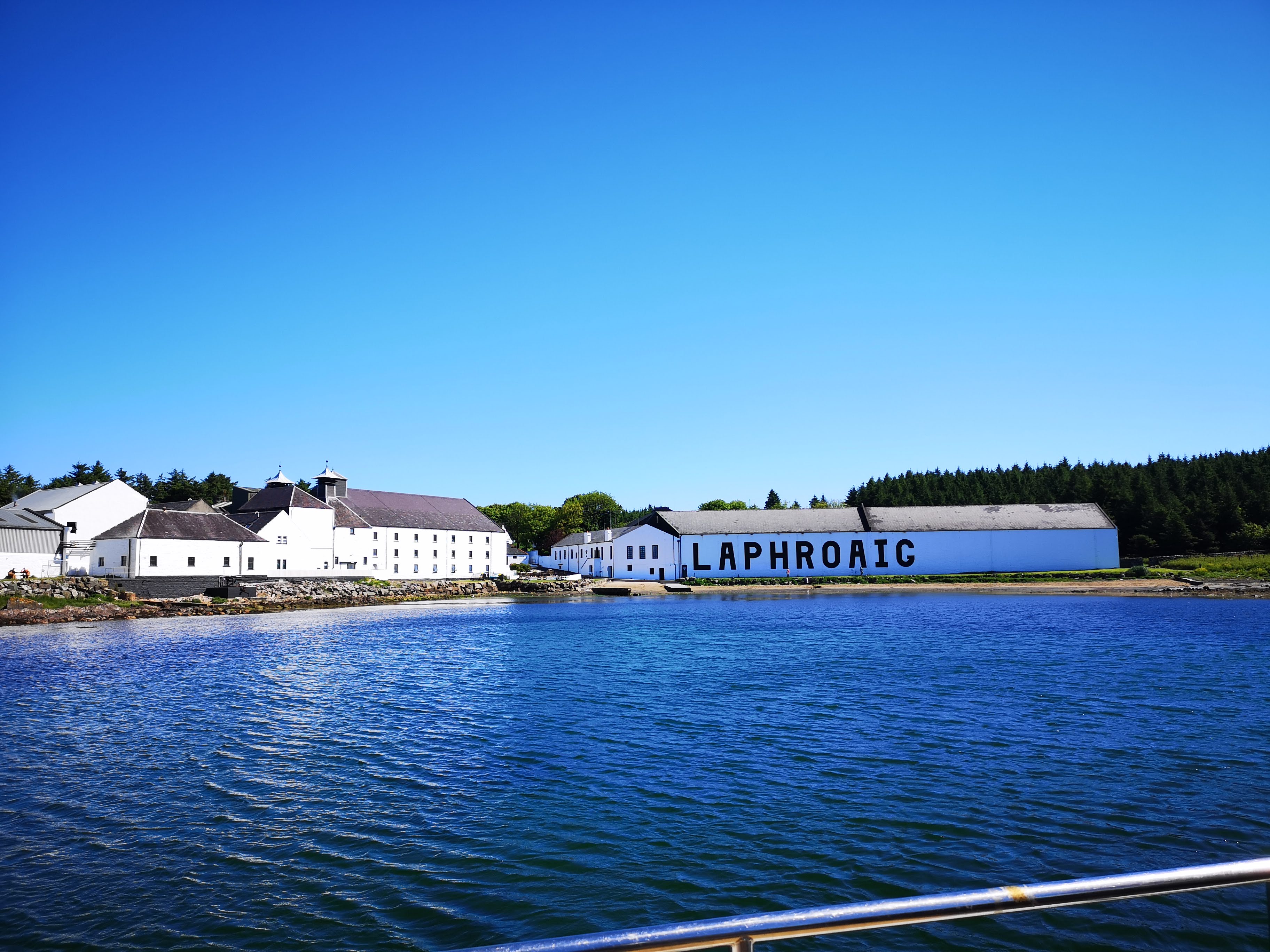
The Region:
This region is also tiny. It’s a single island in the Inner Heribides, just to the west of Campbeltown. The island is another place that’s postcard-perfect with wind-sweep beaches, roaming sheep, white-washed houses, and tons of whisky.
This tiny island serves as the epicenter of whisky tourism in Scotland with 10 distilleries and massive week-long whisky festivals like Fèis Ìle.
The Flavors:
The main thrust of Islay whisky is peated. There’s no getting around that. But that means a lot of different things depending on which corner of the island you’re standing. Super peated malts might be more medicinal than ashy or more ocean briny than smoky. There’s every flavor at play.
Then there are the unpeated whiskies from places like Bunnahabhain and Bruichladdich. The former primarily works in unpeated malt while the latter primarily works in peated malt. Both distilleries make great whiskies across the board.
The Main Distilleries:
Ardbeg, Ardnahoe, Bowmore, Bruichladdich, Bunnahabhain, Caol Ila, Kilchoman, Lagavulin, and Laphroaig. Port Ellen just reopened and is the cornerstone of classic peated malts.
Speyside
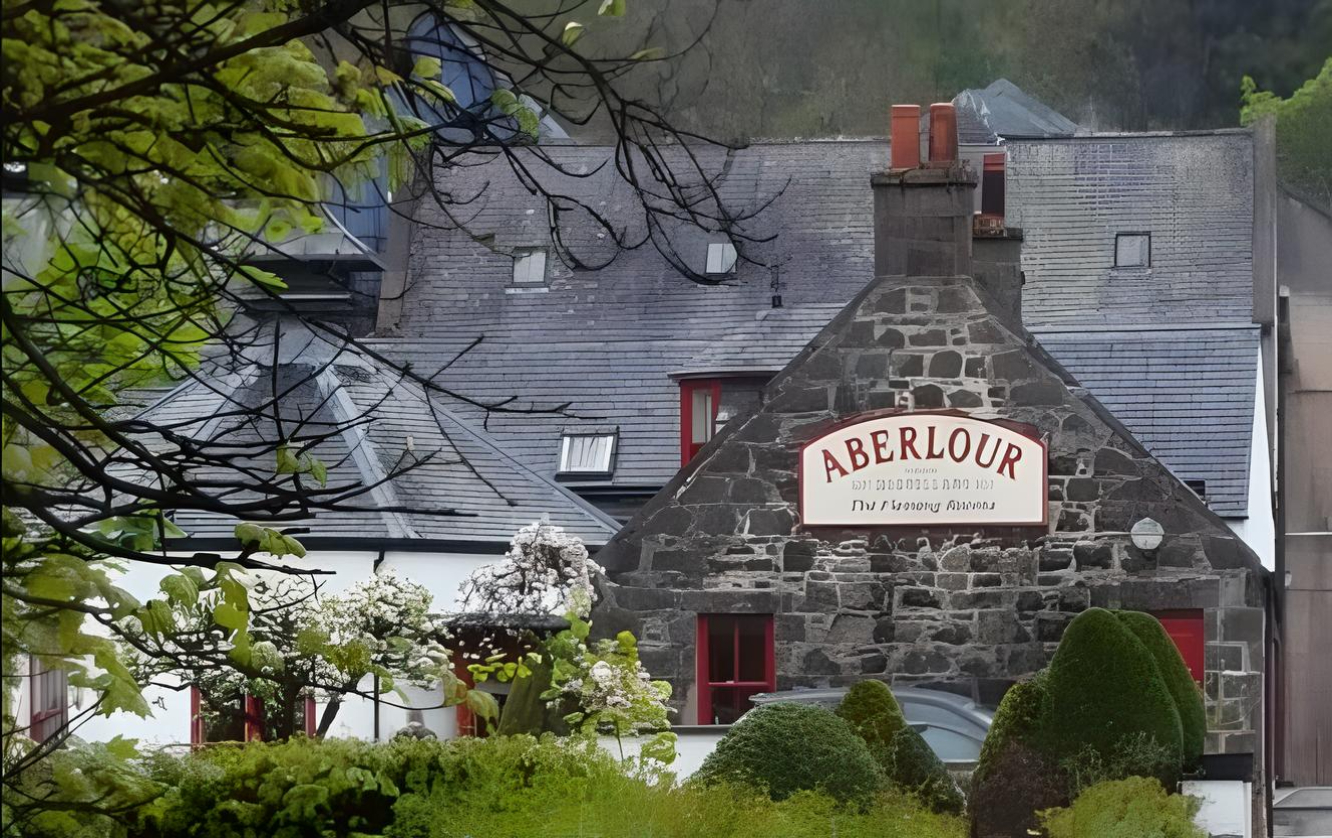
The Region:
This is another small region. It’s situated on the River Spey inside of Highlands region. This region has only been recognized since 2014, and that can lead to some confusion. You’ll find labels of Aberlour, for instance, that will say “Highland Single Malt Scotch Whisky” and then the exact same bottles from a later vintage that say “Speyside Single Malt Scotch Whisky”.
Here’s the thing. If the distillery is in Speyside, the brand chooses whether or not to call themselves “Highland” malt or “Speyside” malt. There’s basically no rhyme or reason to it besides the whims of the brand’s marketing team. There are distilleries across the street from each other where one uses “Speyside” and the other uses “Highland”.
The Flavors:
The thrust of Speyside malt is fruity sweet, honeyed, and floral unpeated malt and grain whiskies. That said, you can find tons of peated malt whisky examples all over Speyside. So it’s dealer’s choice.
The Main Distilleries:
Aberlour, The Balvenie, Cardhu, Cragganmore, Glenfarclas, Glenglassaugh, Glenfiddich, Speyburn, The Glenlivet, and The Glenrothes.
The Macallan and Dalwhinnie are also in Speyside, but they don’t identify as one. This leads us to…
Highlands
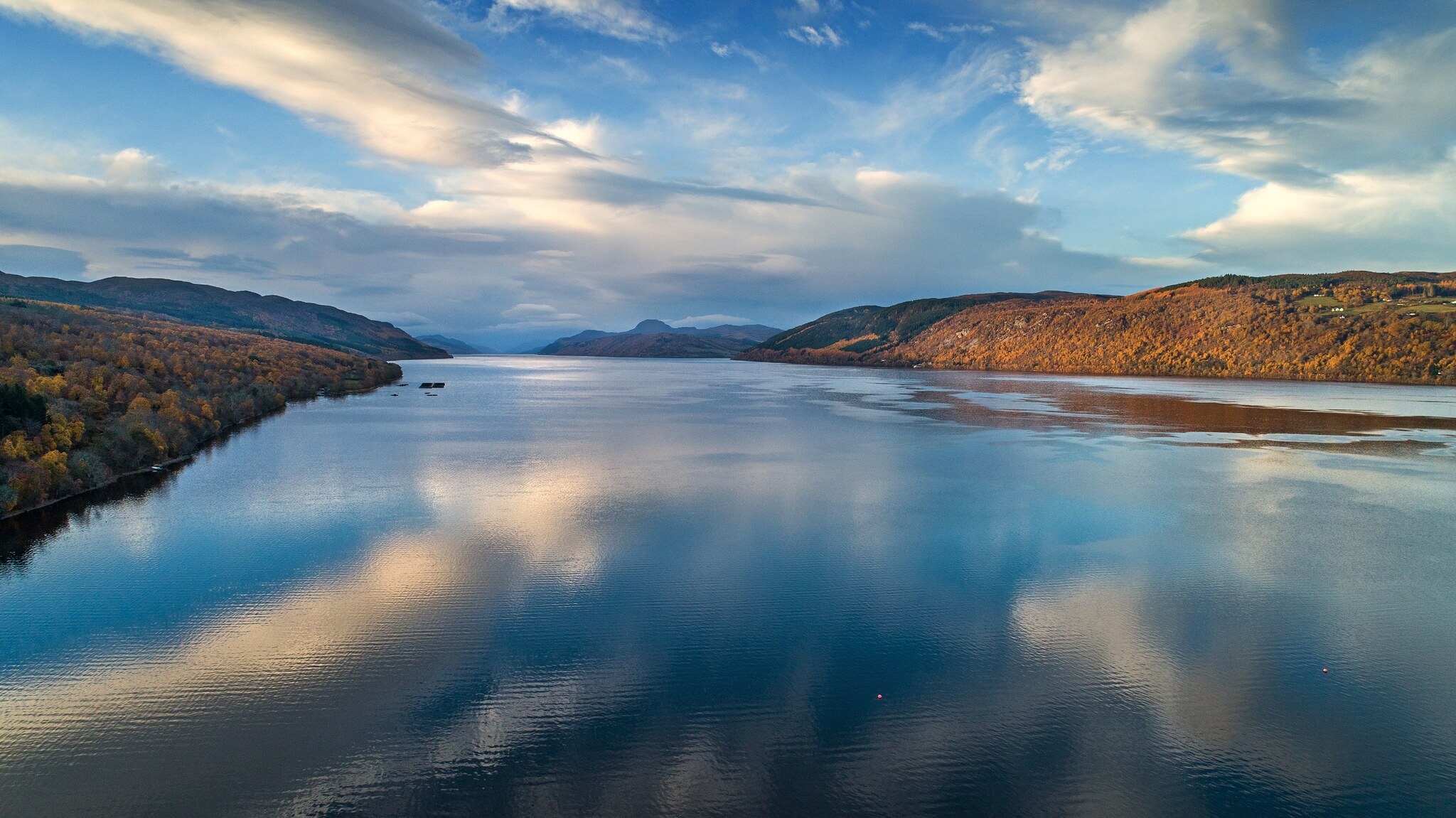
The Region:
This is the largest region in Scotland. It’s also the most varied. You’ll find that unpeated, peated, and grain whiskies from Highlands dominate all of Scotch.
The actual borders of this region stretch from just north of Edinburgh and Glasgow up to the north coast and everything in between. There are mountains, grasslands, craggy shorelines, and islands that fall into this macro-region of Scotch whisky.
The Flavors:
Everything. There’s massive variation here from the seaside peatiness of Oban on the west coast to the softly heathered honey malts of the mountains to everything in between.
The Main Distilleries:
AnCnoc, Aberfeldy, Ardmore, Balblair, Ben Nevis, Blair Athol, Clynelish, The Dalmore, Dalwhinnie, Deanston, Drumguish, Edradour, Glencadam, Glen Deveron, Glen Eden, Glendronach, Glenfoyle, Glen Garioch, Glengoyne, Glenmorangie, The Singleton of Glen Ord, Glenturret, Knockdhu, Loch Lomond, Loch Morar, The Macallan, Macphail, McClelland, Millburn, Oban, Old Fettercairn, Old Pulteney, Royal Brackla, Royal Lochnagar, Teaninich, Tullibardine, Tomatin, and Wolfburn.
There are more, but you get the point. It’s a massive region with a ton of whiskies to choose from.
Lowlands
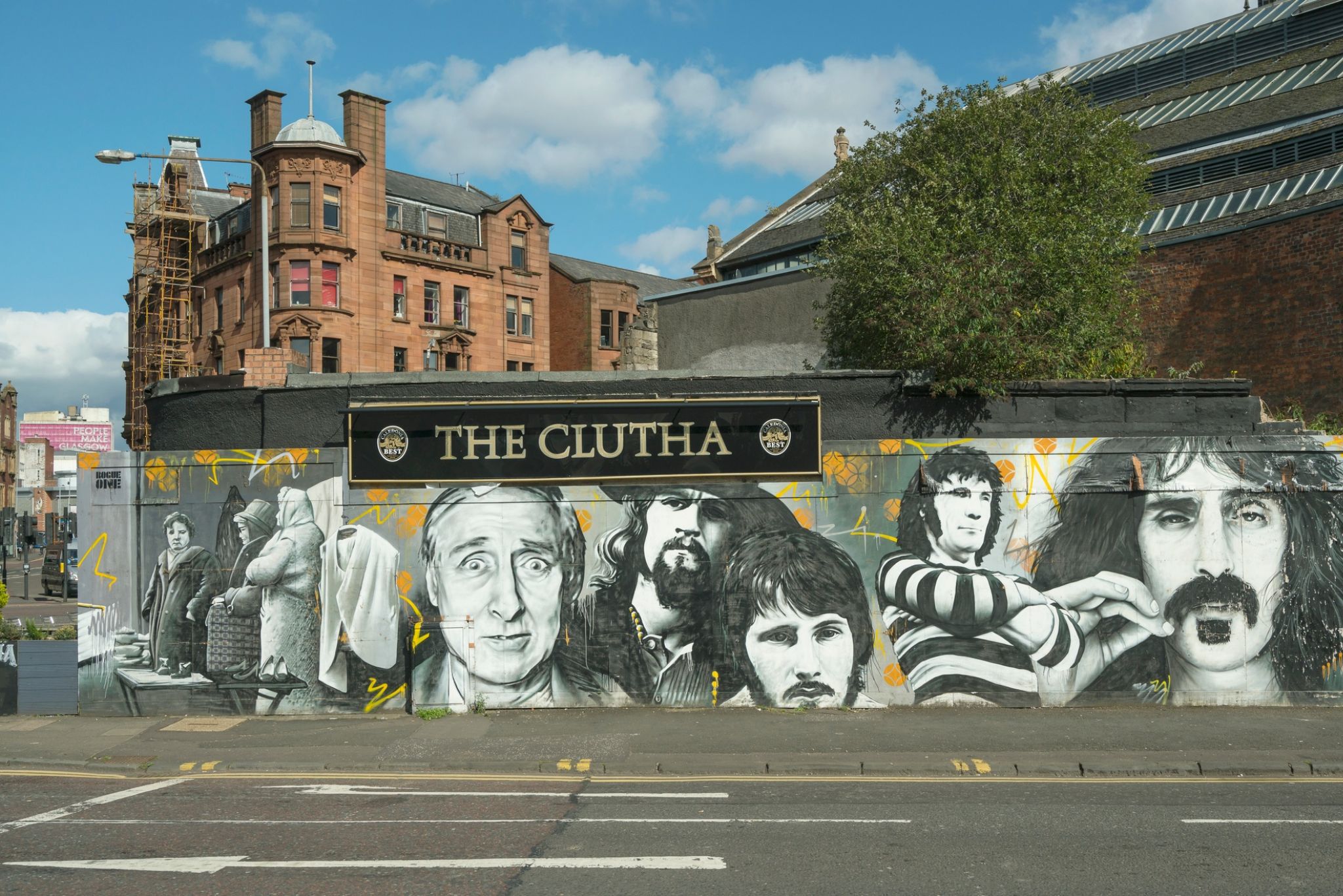
The Region:
This region covers Southern Scotland, south of Edinburgh and Glasgow heading toward the moors of Northern England. It’s also a very sparse whisky region where the most new distilleries are popping up with a scant smattering of old-school distilleries still pumping away.
The Flavors:
It’s a little all over the map since the new kids are getting a start in the Lowlands. But traditionally, it’s been a place for very light and sweet unpeated malts.
The Main Distilleries:
Annandale, Auchentoshan, Bladnoch, Glenkinchie, Girvan, Daftmill, Eden Mill, Kingsbarns, Rosebank, and Lochlea.
Islands
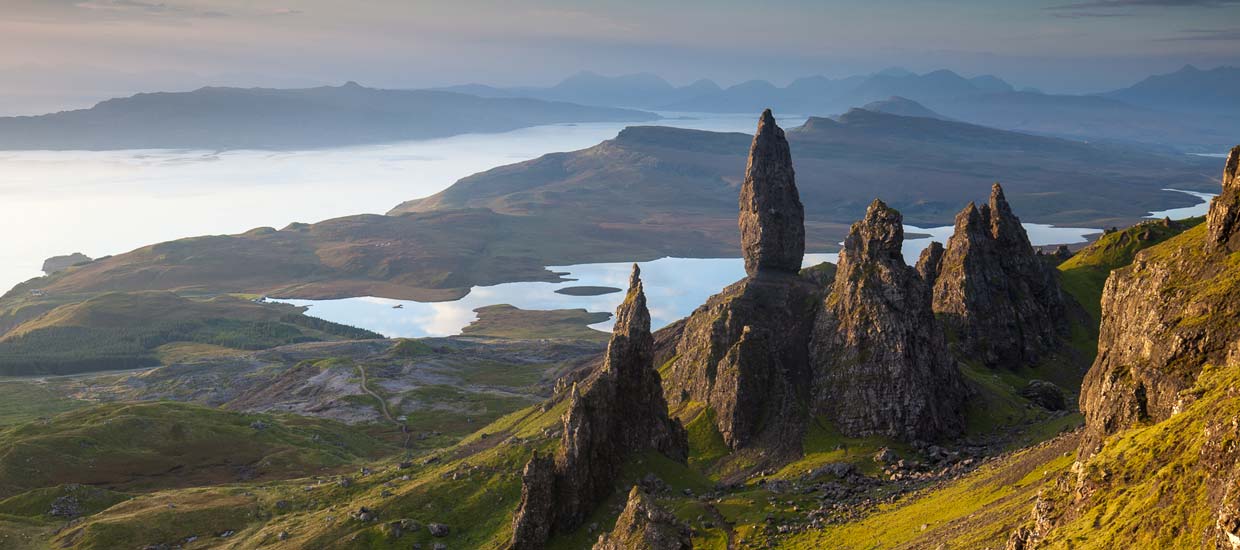
The Region:
This sub-region of the Highlands includes all of the whisky-producing islands except for Islay. Arran, Jura, Mull, Orkney, and Skye are the biggest whisky producers. So basically we’re looking at all the islands to the west and north of Scotland in the Inner and Outer Hebrides.
The Flavors:
The vibe is seaside peated whiskies mostly, with some unpeated sweet whiskies too. The throughline here is “seaside” for the most part. Then you get to Orkney and get huge peated malts with massive American oak influence. So, there’s plenty of variation here too.
If we were just looking at the flavor profile of peated seaside whiskies, you could almost include Oban in this mix. But since it’s on the mainland and technically in the Highlands, it’s not an Islands region whisky.
The Main Distilleries:
Arran, Jura, Highland Park, Scapa, Talisker, Isle of Raasay, Torabhaig, and Tobermory.
